- Home
- Insulated Vinyl Siding
- Insulated siding
Insulated Siding How It Works
Insulated siding is becoming more popular today as more and more people are trying to save money on energy costs.
Many vinyl siding manufacturers make 'insulated' versions of their popular sidings.
They attach foam insulation to the back of each panel.
By adding foam insulation to the back side of the siding panels, which makes it costs a little more than regular vinyl siding, usually 20 to 25%+ more than standard vinyl siding.
Most contractors agree that the extra cost is overshadowed by the savings on home energy costs over the life span of the property.
How Insulated Vinyl Siding Works
Insulated vinyl siding works by reducing the amount of thermo-loss of energy escaping from your home, All house lose energy through the walls, windows and roof.
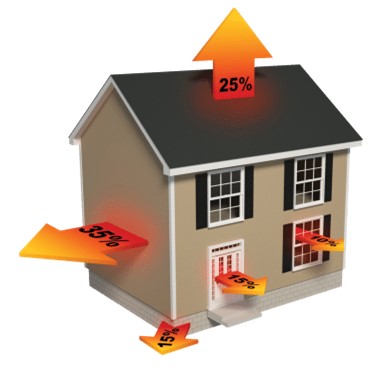 Thermo Loss in homes
Thermo Loss in homes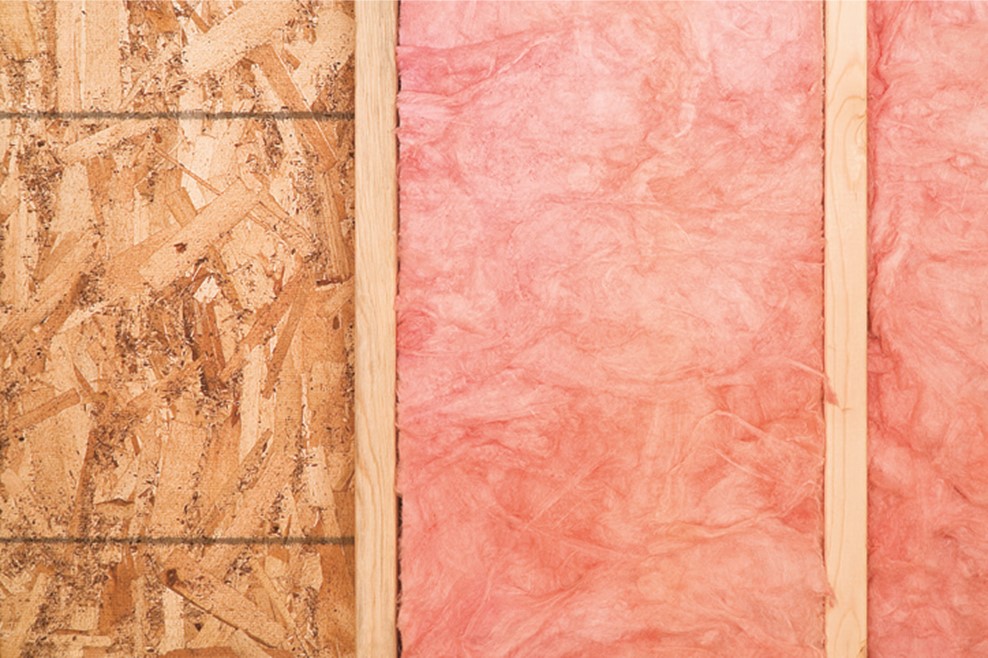 House walls with pink insulation between studs
House walls with pink insulation between studs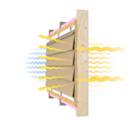 heat passes through the walls
heat passes through the wallsAdding insulation fights 'thermal bridging' which is a common problem with most houses. Houses made with wood framing allow heat to go through the wooden studs.
Approximately 25% of a home is made of wood. That's a lot of heat, ie: energy costs, leaking out of your house day and night.
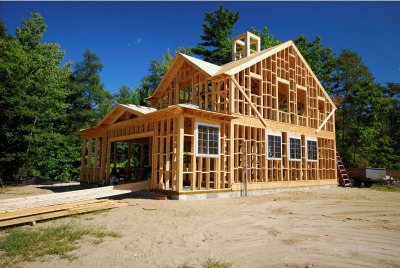 Wood Framing on House
Wood Framing on House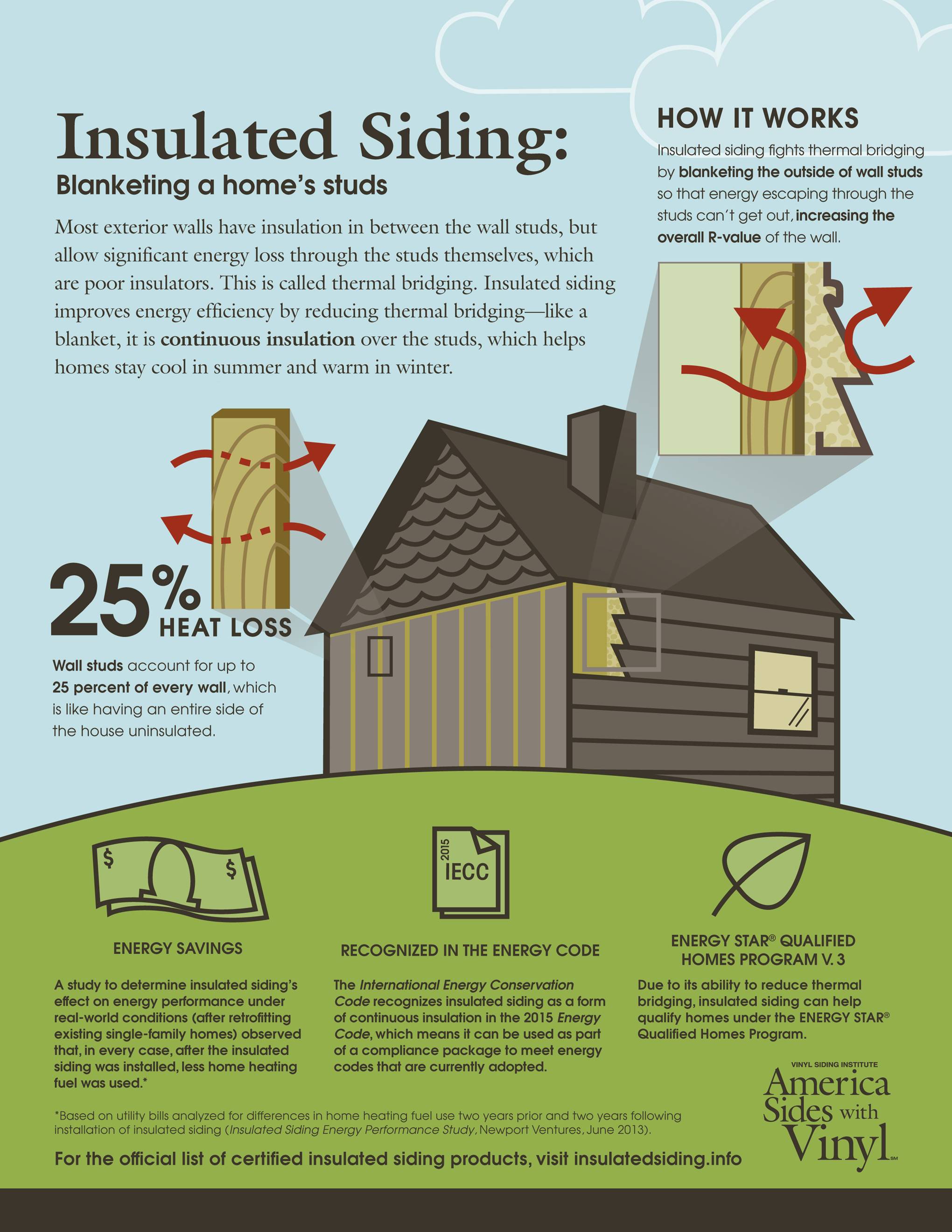
Insulated Siding can Help Reduce Thermo-Loss
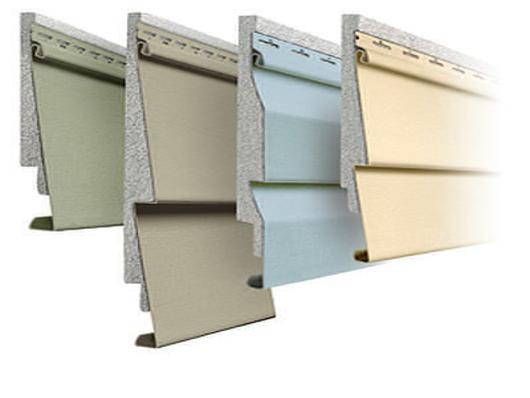 Insulated Vinyl Siding
Insulated Vinyl Siding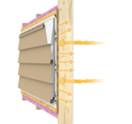 Thermo-Loss
Thermo-LossThe foam insulation cuts down on the heat loss through the wooden studs.
Before and After Thermal Pics
 No Insulation Thermal Camera View
No Insulation Thermal Camera ViewThermal Picture showing heat loss on home with little or no insulation. Light color is heat escaping through walls. Tremendous energy loss through the walls.
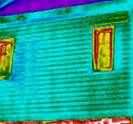 Thermal View with Insulated products
Thermal View with Insulated productsThermal picture showing how insulation cuts back the heat loss escaping through walls. Note how the light color around the windows shows how much energy is loss through windows that are not double pane.


